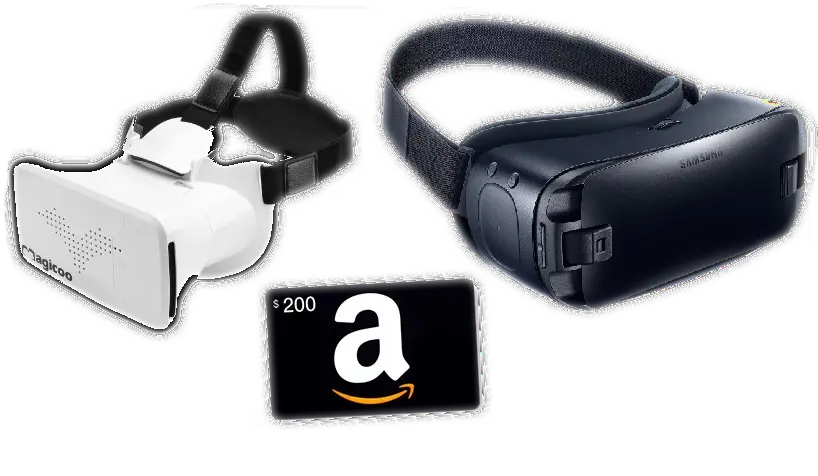
Mobile's Influence on Offline Sales Continues to Grow

Posted By Chantal Tode On February 2, 2016
Published In MobileCommerceDaily.
The Mobile Devide now RULES this market and unfortunately along with that comes a Big Problem, if you aren't prepared.
This Part is here now.
Then a few sections down, see what's coming.

Mobile's Influence on Offline Sales Continues to Grow

Posted By Chantal Tode On February 2, 2016
Published In MobileCommerceDaily.

You may feel as though store-fronts and shopping malls will always be crammed full of people eager to spend their money, but certain technologies, namely virtual reality, augmented reality, drones, and artificial intelligence are getting ready to change the shopping experience for good according to analysts.
“It’s ironic that the fashion industry is renowned for its innovation, yet the way we shop is so old-fashioned. From having to use a changing room, to being offered limited space in a shop, the whole experience is generic. The future of shopping offers personalized experiences for people, dependent on their taste and mood, and at Holition we see it as the humanizing of technology," Russell Freeman, chief technology officer at digital marketing agency Holition explained. “Augmented reality, virtual reality, drone delivery and artificial intelligence will completely change the way we shop. It’s an exciting time - on the cusp of a revolution.”
Freeman and others predict that within the next 23 years shopping malls and storefronts will cease to exist, giving way to at-home virtual shopping. Virtual reality will allow shoppers to not only view realistic 3D renderings of items they'd like to purchase, but shoppers will also get to travel to the areas these products are made, enter factories, farms and other areas all via a VR headset. The shopping experience will actually get more fulfilling and informative as we transform the way we shop.
Imagine walking into a virtual store where you are looking for a new LED TV. You can view the factories these TVs are made in, the people who helped make that TV and even virtually talk to a customer support agent. An artificial intelligence system will analyze your viewing needs and suggest the best buy for you. When you click to order it an Amazon.com drone or robotic delivery agent will enter the virtual store where you are looking and process the order, and a drone or robotic delivery agent will then arrive at your door within a couple of hours. That's the future.